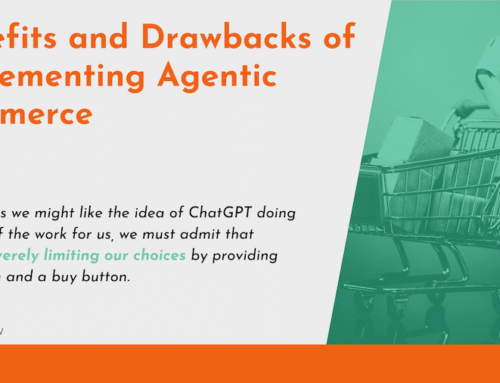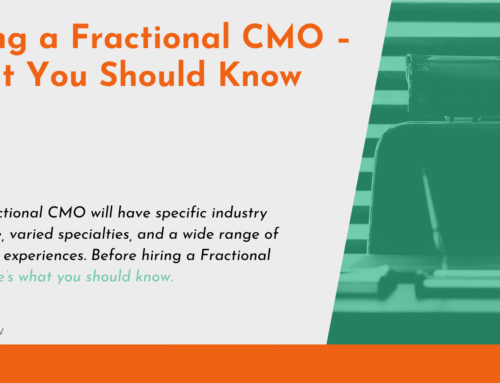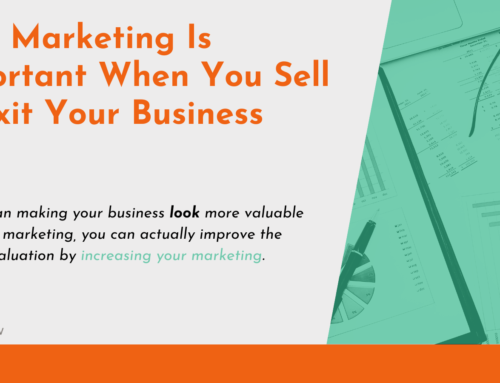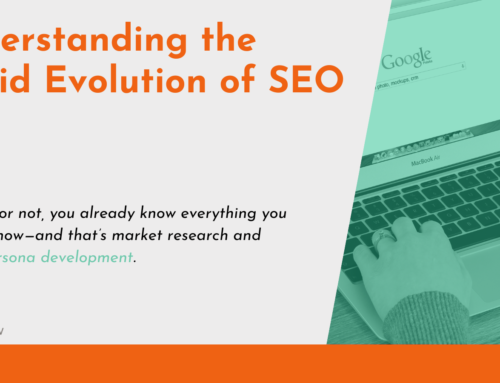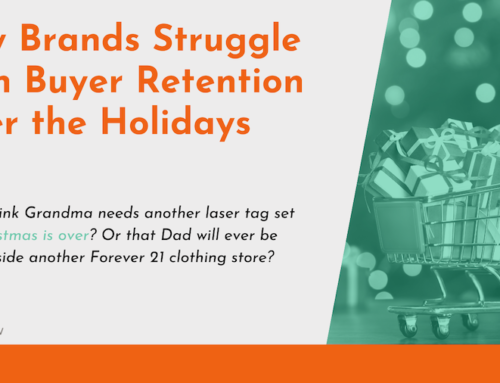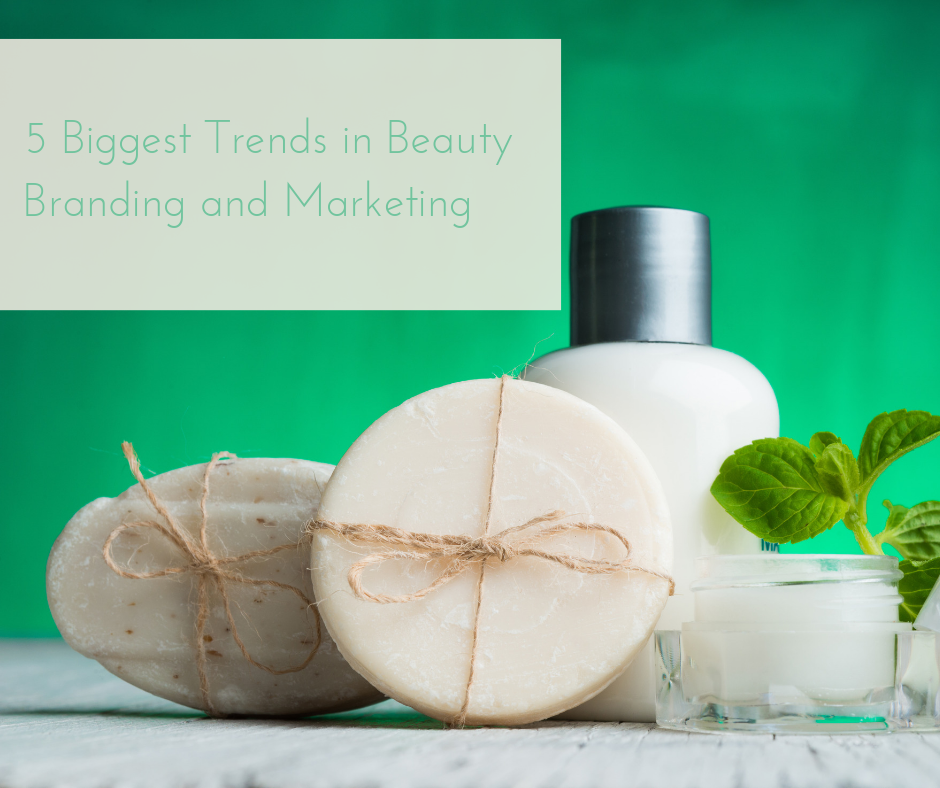
The beauty and personal care industry is expected to top $80 billion in revenue this year and shows no signs of slowing. While brands and products may differ between generations, all generations are considered target markets for beauty and skin care products, from Generation Z to Baby Boomers. Understanding your target audience is key, but you should also be aware of the latest trends in marketing if you want to earn your share of the growing revenue in this industry.
Let’s take a look at what you need to know to market your beauty brand.
DTC – Direct to Consumer
Ecommerce isn’t going anywhere; it’s just diversifying. Instead of placing products on massive marketplaces like Amazon and Walmart, beauty and personal care brands are turning to direct-to-consumer models. Glossier is the DTC darling at the moment, showing other brands how it’s done. Razor brands like Harry’s, Billie, and Dollar Shave Club have also disrupted their field, bringing brand giant Gillette to its knees.
You’ll see more beauty brands strike out on their own in the coming months, with many well on their way to becoming household names. Watch for Stowaway, ColourPop, and Madison Reed to see how successful DTC brands get off the ground.
Experiential Marketing
We’ve said it before, and we’ll say it again: Consumers crave experiences. The internet is great for the sake of convenience, which customers definitely also want. But 91% of buyers say they have more positive feelings about a brand after they’re able to experience it.
That’s why you can expect to see more experiential marketing events in 2019 and beyond. Some may be huge, like Glossier’s pop-up makeup store, which was held in the Rhea’s Café after it had been remodeled to feature the DTC darling, or like Lush’s Creative Showcase, where ticketed buyers can experience demonstrations and learn more about the company’s mission and vision. Other experiences might be small as free samples in the store. Whatever experiences you choose to give, your buyers will love you for them.
Influencer Marketing
Influencer marketing has grown into a $10 billion industry, with 65% of marketers saying they plan to increase their influencer budgets next year. That’s because it works. Your brand benefits from word-of-mouth marketing, user-generated content, higher engagement rates on social posts, and $6.50 return on every dollar you spend.
Of course, a powerful influencer campaign relies on a lot of things, not the least of which is working with the right influencers. It’s not uncommon for aspiring influencers to buy fake followers or even fake engagement in the form of likes, shares, and comments. Be diligent when choosing your influencers and you’ll be primed to win big.
Transparency
With so many organic and natural beauty brands entering the market, buyers are often suspicious of the claims made in marketing. That’s just one reason transparency has become the latest trend in beauty branding and marketing.
Recently, 51% of buyers said they’d switch to a new brand if they were able to better understand the list of ingredients used. Labels are the first place beauty brands often show transparency, with ingredients and processes now placed where they can be easily read. Marketers are taking the truth further with campaigns filled with videos and images to show the reality behind the labels.
Brand Communities
Brand communities are growing, and for good reason. These give buyers the chance to truly interact with the brands they love, and it gives brands a chance to learn more about their target audience.
Whether you choose to build a community through your YouTube channel or the built-in community feature on Facebook (or both!), the most important thing is simply to engage and interact on a regular basis. This is your brand’s chance to educate your buyers with quality content, whether you use blogs and articles, videos, or images.
If we can help you introduce any of these strategies for your beauty or personal care brand, don’t hesitate to reach out. We’re here to help!

